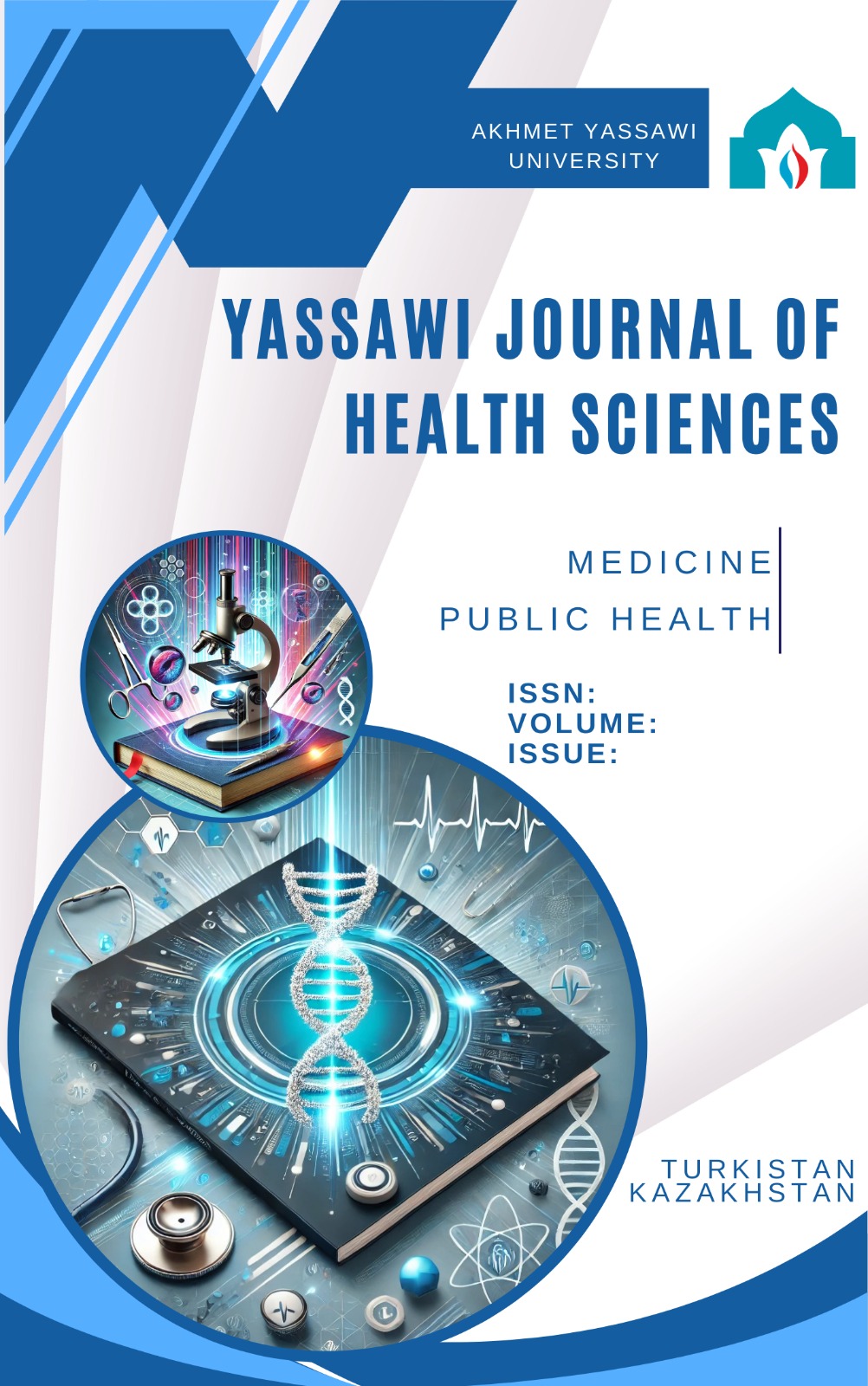ANALYSIS OF ASSESSMENT METHODS AND THE ROLE OF PHYSICAL ACTIVITY IN THE DEVELOPMENT OF METABOLIC SYNDROME ( LITERARY REVIEW)
106 58
Abstract
The global spread of noncommunicable diseases (NCDs) has become a major public health concern. The incidence and mortality from cardiovascular diseases has increased significantly over the past three decades worldwide. According to forecasts of the World Health Organization, by 2030, up to 30% of deaths worldwide will be associated with a sedentary lifestyle and its negative consequences. The main strategy for preventing these conditions is to correct lifestyle and increase physical activity levels. Observational and interventional studies confirm the important role of physical activity and a healthy lifestyle in reducing the manifestations of metabolic syndrome. Factors such as physical activity and the MedDiet diet contribute to reducing the likelihood of developing it. Each component of the metabolic syndrome is more or less related to the level of physical activity. Although physical activity does not have a direct effect on insulin resistance, lipid metabolism disorders, or obesity, it has been proven that increasing activity levels significantly reduces these risk factors, having a positive effect on health. The review of scientific literature examines the impact of physical activity and a healthy lifestyle on metabolic syndrome, as well as clarifies the mechanism underlying their benefits in its prevention and treatment.

